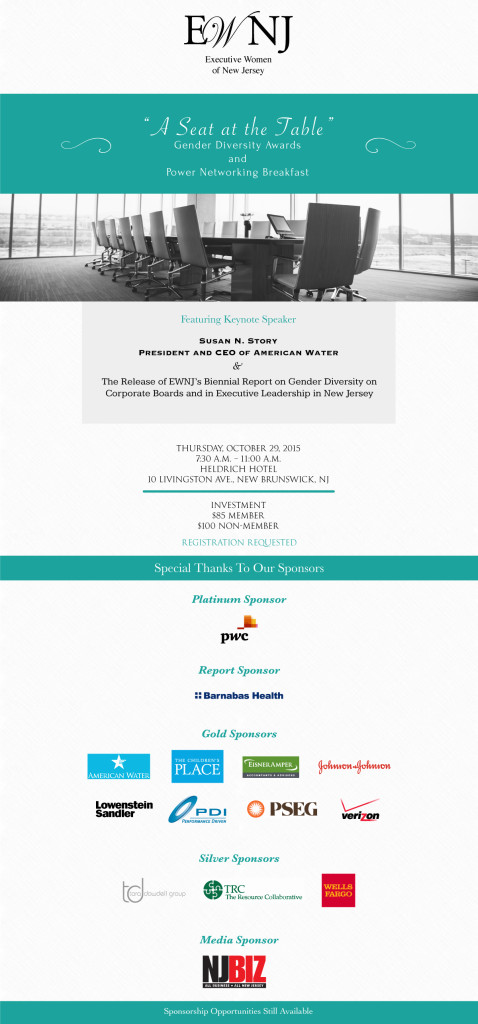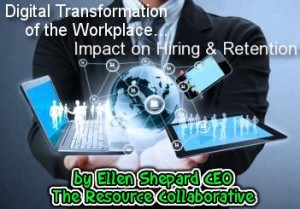
Just a few years ago, during the financial crisis, resumes being submitted for career opportunities were few and far between, because those opportunities were also far and few between! Most people chose to weather the crisis by staying in their current jobs rather than risk a move.
Fast forward…the job market is now very active and there are many people out there looking for their next career opportunity. This is good news for everyone…as long as you can make your resume STAND-OUT in the crowd.
5 TIPS to a STAND-OUT RESUME:
1.Applying for a Specific Advertised Position?
- Read the Job Description thoroughly and revise your resume to speak to the most relevant requirements and experience in the job description.
- Eliminate extraneous verbiage about non-relevant accomplishments.
2. Keep it Chronologically Relevant
- Keeping in mind the purpose of the resume is to get you an opportunity to speak to a hiring authority, not to communicate your career life story, truncate experience earlier than 15 years back…it is just not relevant today and readers get lost in this irrelevancy.
- Do not account for dates with months – use only years. If you had a gap in employment, this can be addressed in a conversation, not on the resume.
3. Keep Personal and Irrelevant Information Out
- Drop any references to hobbies, family, health, etc. These are not relevant to your professional capabilities and are not relevant.
- Drop all dates on education. It is no longer legal for employers to ask for dates of graduation/attendance for education as it could lead to ageism. If you can perform the job requirements, this information is not relevant.
- Objective – You are keeping this relevant so the objective should be clear.
- Buzz Words – Readers want to know real information and you want to stand out!
- Names and Places – Not relevant and could cause questions.
4. Use Attention-Getting Terminology and Formatting
- Dot-points are easier to read than long and winding sentences.
- Use a clear typeface – make it easy for the reader to decipher!
- Start each point with an action verb in the appropriate tense for the specific position – a current position should be in present tense and all others in past tense. Be consistent with tenses in each item.
Sample Effective Action Words:
Achieved Implemented Managed Monitored
Applied Determined Led Delineated
Accomplished Leveraged Performed Guided
Created Introduced Wrote Mentored
Oversaw Improved Developed Started
5. Keep it to no more than 3 pages – Yep, keep your reader focused!
For more information reach out to Ellen Shepard: Ellen.Shepard@trcollaborative.com


















